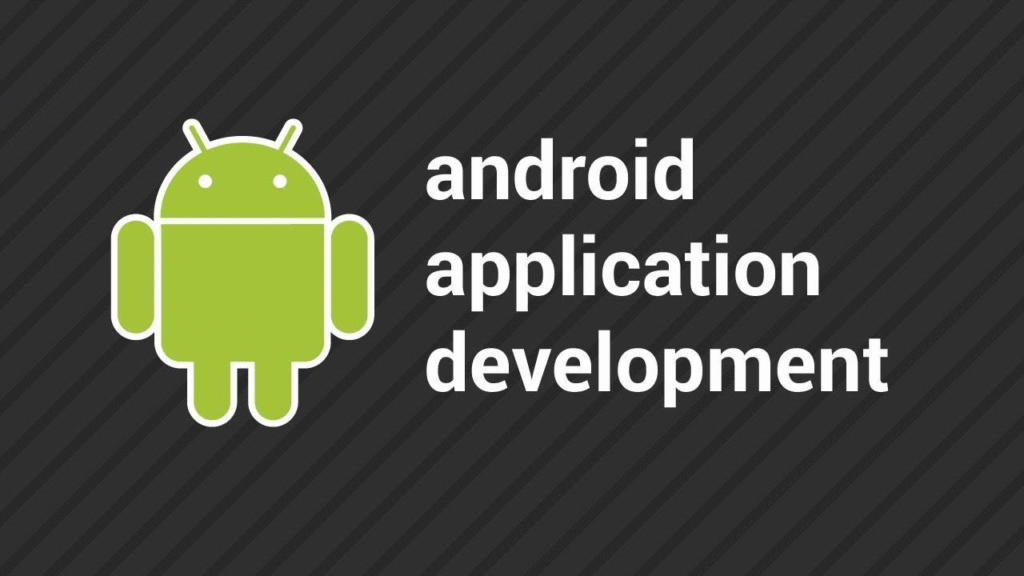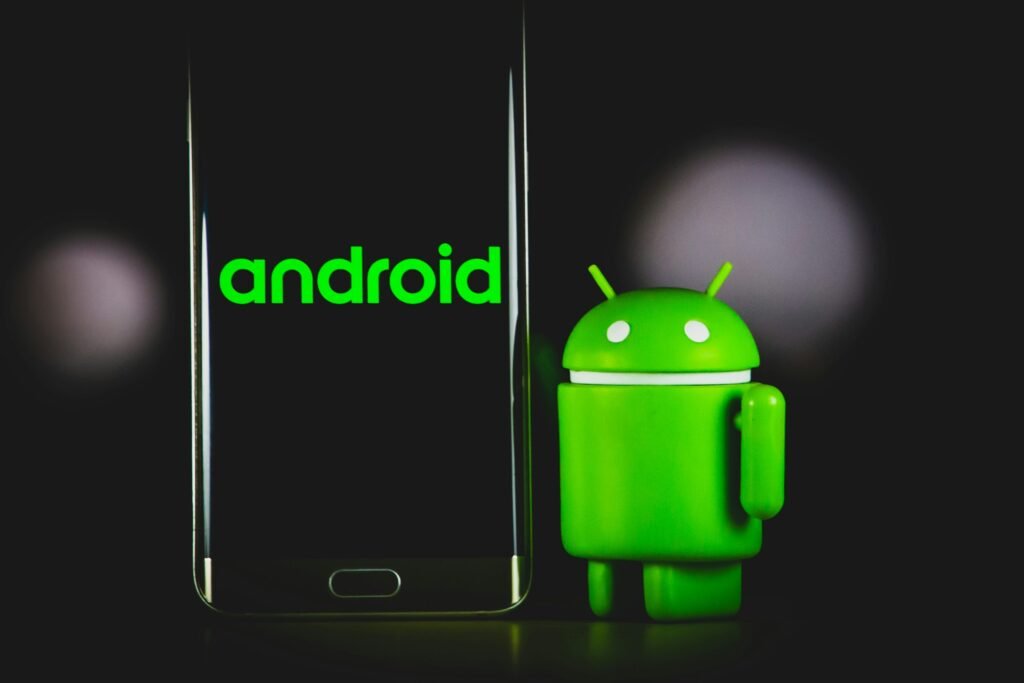Android Game Development
Selecting a game engine early on shapes your development workflow. Industry favorites include
- Android
- Microsoft
- Apple
Android game development has emerged as one of the most dynamic and rapidly evolving sectors within the mobile technology landscape.
The open-source nature of Android, coupled with the availability of a wide range of development tools and frameworks, has democratized game creation, enabling not only established studios but also independent developers and hobbyists to build and distribute games to millions of users globally. The Google Play Store serves as the primary distribution platform, offering access to a vast global audience and sophisticated monetization mechanisms, including in-app purchases, ads, and subscriptions. This ecosystem has allowed developers to experiment with innovative game concepts, business models, and gameplay mechanics, propelling Android gaming into a multibillion-dollar industry.
At the core of Android game development lies the Android Software Development Kit (SDK), a comprehensive collection of tools that includes APIs, debuggers, emulators, and libraries. Java and Kotlin are the primary languages used for native Android development, although game developers often rely on game engines such as Unity, Unreal Engine, and Godot for cross-platform capabilities and more efficient asset management. Unity, in particular, has become synonymous with mobile game development, offering a robust, user-friendly interface that simplifies complex development tasks and supports both 2D and 3D games. Unreal Engine, while more resource-intensive, provides high-fidelity graphics and is favored for visually sophisticated titles. These engines abstract much of the low-level coding required to build games from scratch, thereby accelerating development timelines and reducing overhead. The proliferation of these tools has led to a surge in indie game development, resulting in a diverse range of games that appeal to different demographics and preferences.

Another important facet of Android game development is the wide array of hardware configurations that developers must account for. Unlike iOS, where Apple controls both hardware and software, Android runs on a multitude of devices from various manufacturers, each with different screen sizes, processor capabilities, memory, and GPU specifications. This fragmentation poses a significant challenge in terms of performance optimization and compatibility. Developers must rigorously test their games on multiple devices to ensure a consistent user experience, often using emulators or cloud-based testing platforms. Techniques such as asset compression, resolution scaling, and modular architecture help manage resource constraints and optimize game performance across the device spectrum. Moreover, Android’s support for Vulkan, a low-overhead graphics API, allows developers to achieve better performance and improved graphics rendering on supported devices, pushing the boundaries of what mobile games can visually achieve.
User engagement and retention are critical considerations in Android game development
A great game must not only function well technically but also captivate users through compelling gameplay, immersive storytelling, and thoughtful design. Game mechanics must be intuitive, with controls that feel natural on touchscreen devices. The user interface (UI) and user experience (UX) design play pivotal roles in ensuring that players can navigate the game with ease and satisfaction. Modern Android games often employ features such as daily rewards, push notifications, social integration, and multiplayer modes to keep users engaged over time. Analytics tools like Firebase, Google Analytics, and third-party SDKs provide valuable insights into user behavior, enabling developers to refine their games based on data-driven decisions. Retention strategies are further enhanced by regular content updates, seasonal events, and community-building efforts, such as forums and Discord servers, which foster player loyalty and feedback loops.
Monetization strategies in Android game development are as varied as the games themselves. Free-to-play (F2P) models dominate the Android ecosystem, leveraging in-app purchases (IAPs) and ad-based revenue streams to generate income. Games like Clash of Clans, Candy Crush Saga, and PUBG Mobile exemplify how well-implemented monetization can lead to commercial success without compromising gameplay. IAPs allow players to buy virtual goods, currency, or additional levels, while rewarded video ads offer in-game incentives for viewing advertisements. Hybrid monetization models, which combine multiple revenue streams, are increasingly popular as they cater to different user preferences and maximize earnings. Developers must balance monetization with player satisfaction, ensuring that purchases feel optional and not exploitative. The rise of subscription models, such as Google Play Pass, adds another dimension to monetization, providing developers with a steady revenue stream while offering users ad-free experiences and exclusive content.

Google Play Services
The Android gaming ecosystem also benefits significantly from integration with Google Play Services, which offers features such as achievements, leaderboards, cloud saves, and multiplayer support. These services not only enhance the player experience but also contribute to user retention and social engagement. Achievements and leaderboards add competitive and goal-oriented dimensions to games, motivating players to keep playing and improving. Cloud saves allow players to switch devices without losing progress, a crucial feature in today’s multi-device world. Multiplayer functionality, whether real-time or turn-based, enables developers to create socially rich gaming experiences that can significantly increase user investment and enjoyment. Moreover, Google’s machine learning APIs and on-device AI capabilities are opening new frontiers in adaptive gameplay, personalization, and user behavior prediction, allowing games to evolve dynamically in response to player actions.
Localization and cultural adaptation are also vital in Android game development, particularly for developers targeting international markets. Games must often be translated into multiple languages and adapted to suit regional tastes, customs, and legal requirements. This includes modifying artwork, audio, and even core gameplay mechanics to align with cultural sensitivities. For instance, games released in China may need to comply with strict content regulations and undergo governmental approval processes. Localization extends beyond language; it encompasses the entire user experience, from payment methods to customer support. Successful localization can significantly increase a game’s market reach and profitability, making it a key consideration in global release strategies.
Marketing and user acquisition (UA) play essential roles in the success of Android games. With millions of apps vying for attention on the Play Store, discoverability is a major challenge. Developers must invest in marketing strategies such as App Store Optimization (ASO), social media promotion, influencer partnerships, and paid user acquisition campaigns. ASO involves optimizing the game’s title, description, keywords, and visuals to improve visibility in Play Store search results. Social media platforms like YouTube, TikTok, and Instagram are instrumental in generating buzz and reaching younger demographics, while influencers and streamers can drive viral interest through gameplay videos and reviews. Paid UA campaigns, often managed through platforms like Google Ads and Facebook Ads, allow precise targeting based on user demographics, behaviors, and interests. The cost of acquiring users must be weighed against their lifetime value (LTV) to ensure profitability, making data analytics and A/B testing crucial components of any marketing strategy.